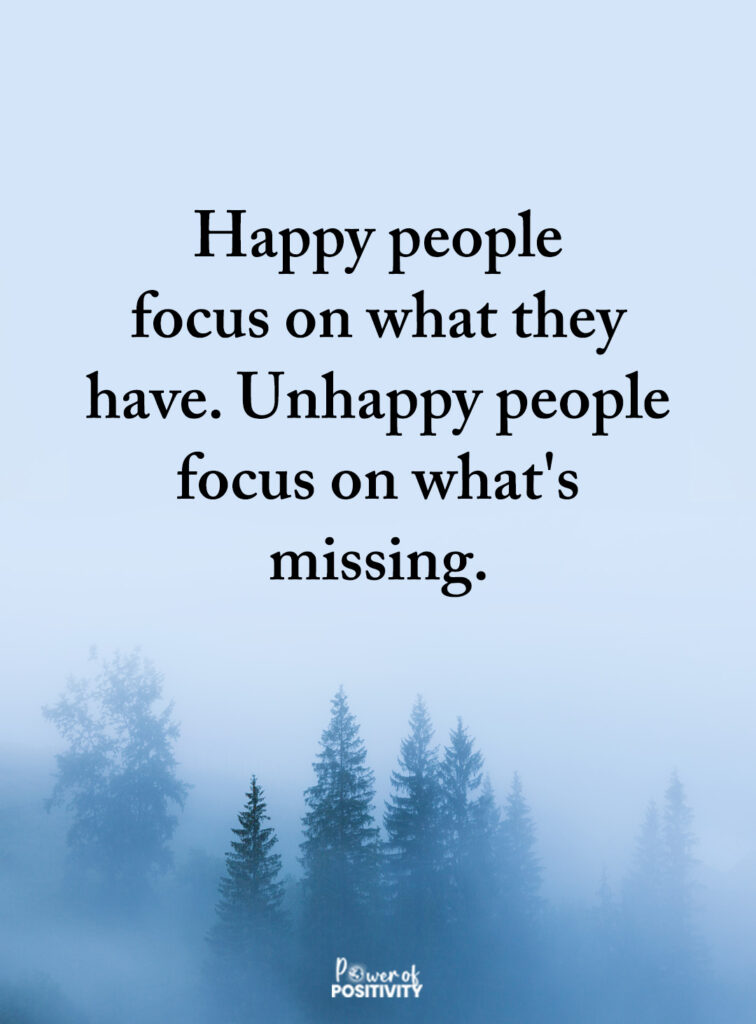Everyday routines now run on a quiet, invisible engine — technology in daily life. From checking the weather on your phone before leaving the house to setting reminders with a voice assistant, it’s hard to picture a single day without it. Morning alarms, GPS directions, and even quick video calls have become second nature.
Yet behind all this convenience sits a big question: how much control do we really have over our screens, and how much do they have over us? The same tools that save time also demand it. Messages keep us connected but rarely let us switch off. And while apps promise to simplify everything, they sometimes make life feel busier instead.
People now rely on digital tools for work, shopping, learning, and even relaxation. But with every new shortcut comes a trade-off — attention, privacy, or peace of mind.
The truth is simple: technology makes life easier and more efficient, but it also shapes how we think, act, and relate to others. Let’s look at how this double-edged sword cuts both ways — empowering us on one side, and challenging us on the other.
The Bright Side: How Technology Makes Life Easier
Technology’s benefits reach almost every part of life today. It helps us do things faster, stay connected, and even live healthier. From work to health to communication, technology in daily life continues to change how we live, heal, and connect.
1. Workplace Evolution: Efficiency at Your Fingertips
Work looks completely different now compared to just a decade ago. Computers, apps, and automation tools have replaced hours of manual effort with just a few clicks.
Here’s how it’s changing things:
- Faster results: Data entry, analysis, and reports that used to take days can now be done in minutes.
- Better teamwork: Tools like Slack, Zoom, and Trello allow people across different time zones to work together like they’re in the same room.
- Smarter decisions: Cloud storage and AI-driven analytics give instant access to data, helping teams make better choices.
Technology doesn’t just make work easier—it makes it smarter. Technology in daily life has become the modern employee’s most reliable teammate.
2. Health and Medicine: From Diagnosis to Digital Healing
Health care has seen some of the biggest changes thanks to technology. Doctors and patients now use tools that make care faster, safer, and more personal.
Here’s how technology supports better health:
- Better diagnosis: Scans, smart machines, and AI help doctors find illnesses earlier and treat them more accurately.
- Easier access to care: Telemedicine lets people in far areas talk to doctors online without leaving home.
- Healthy habits: Smartwatches and fitness trackers remind us to move, sleep better, and monitor our heart rate.
These tools don’t just treat illness—they help people take charge of their own well-being. As technology in daily life continues to evolve, it heals the body while connecting hearts and minds across borders.
3. Global Connection: A Borderless World of Communication
Communication used to depend on distance—today, it depends on signal strength. Technology in daily life has made it possible to connect instantly, no matter where you are.
Here’s how connection has grown stronger:
- Closer relationships: Social media, chats, and video calls help families and friends stay in touch from miles apart.
- Endless learning: Webinars and online classes bring global education right to your screen.
- Instant creativity: Cloud-based tools let people share ideas, design, and build together in real-time.
The digital world unites us in ways once thought impossible—but that unity also comes with new challenges to face.
III. The Dark Side: When Technology Works Against Us
Every good thing has a downside, and technology in daily life is no exception. The same tools that make life smoother can also make it stressful, distracting, or overwhelming when used without care.
1. Constant Distraction and Declining Focus
Phones buzz, emails ping, and social media never sleeps. This constant stream of information keeps our minds busy, but not always productive.
Common signs technology is stealing your focus:
- Checking your phone within minutes of waking up.
- Switching between tasks because of notifications.
- Feeling restless when you’re not online.
Multitasking may feel productive, but it weakens focus and creativity. The convenience of being always connected often comes at the cost of mental clarity.
2. Privacy, Data, and the Price of Convenience
Every click, like, and search leaves a trace. Technology in daily life collects massive amounts of personal data—some of which we don’t even realize we’re sharing.
Here’s where the risks begin:
- Too much sharing: Social media and apps often know more about you than you think.
- Data misuse: Companies may use data to target ads or influence decisions.
- Security leaks: Hacks and breaches expose private information, leading to stress or identity theft.
Protecting personal data is now part of living safely online. Using privacy settings, limiting app access, and staying informed are simple ways to protect yourself.
3. Blurring Boundaries Between Work and Life
Remote work has made it possible to work from anywhere—but also harder to stop working at all.
Here’s what many people now face:
- Work messages arriving late at night.
- Feeling guilty about taking breaks.
- Missing personal time because of endless “urgent” tasks.
The line between home and office is thinner than ever. As screens dominate our days, the line between using technology and being used by it grows thinner too.
The Emotional and Social Costs of a Digital World
Beyond work and data, technology also affects how people feel and connect. It can bring people together—or make them feel more alone.
Here are some emotional effects of tech overuse:
- Loneliness and comparison: Seeing highlight reels of others’ lives online can lower confidence.
- Misunderstandings: Text messages can miss tone and emotion, causing confusion.
- Low self-worth: Chasing likes and validation can make self-esteem depend on screens.
- Sleep problems: Constant screen time affects rest and focus.
Experts say too much screen time can increase anxiety and affect mental health. True connection now requires effort—talking face-to-face, spending time offline, and being present.
In a world where connection is easy, meaningful relationships now take intentional effort.
Technology as a Servant, Not a Master
Technology should work for us—not the other way around. Used wisely, it helps people reach goals faster, communicate clearly, and stay creative. Used carelessly, it steals time and focus.
The balance starts with choice: deciding when and how to use it. Technology should fit into life, not take over it.
As experts often remind us, “Technology should be the servant of humanity, not its master.”
Finding Balance in a Tech-Saturated World
Balance takes practice, but it’s possible with a few simple habits.
1. Set Digital Boundaries
- Keep phones away during meals and before bedtime.
- Use “Do Not Disturb” or focus modes when working.
- Teach kids to use screens responsibly.
Boundaries create breathing space for real life to unfold.
2. Reconnect with the Physical World
- Spend time outdoors or pick up hobbies that don’t need Wi-Fi.
- Meet friends in person when you can.
- Try digital detox weekends to refresh your mind.
Stepping away from screens helps you return more centered and creative.
3. Use Technology Intentionally
- Choose apps that truly help your goals.
- Turn off notifications that don’t matter.
- Track your screen time to understand habits.
Mindful tech use lets you enjoy innovation without becoming controlled by it.
The Future of Human-Tech Harmony
Technology keeps advancing—AI, automation, and robotics are shaping new ways of living and working. But human values must lead the way.
What the future needs:
- Ethical tech design that protects privacy and fairness.
- Transparent systems that build trust.
- Education that teaches people how to use digital tools wisely.
The next chapter of technology in daily life should focus on teamwork between humans and machines—enhancing creativity, empathy, and understanding. Technology’s future isn’t about faster devices; it’s about wiser humans.
Conclusion – The Responsibility of the Digital Age
Technology itself isn’t good or bad—it depends on how people use it. Awareness and discipline are what make the difference.
Before reaching for a device, it helps to pause and ask: Is this adding value to my day—or taking away from it?
The true power of technology in daily life lies not in the tools we hold, but in the choices we make.
In the end, the real power lies not in the technology we hold—but in how we choose to hold it.














